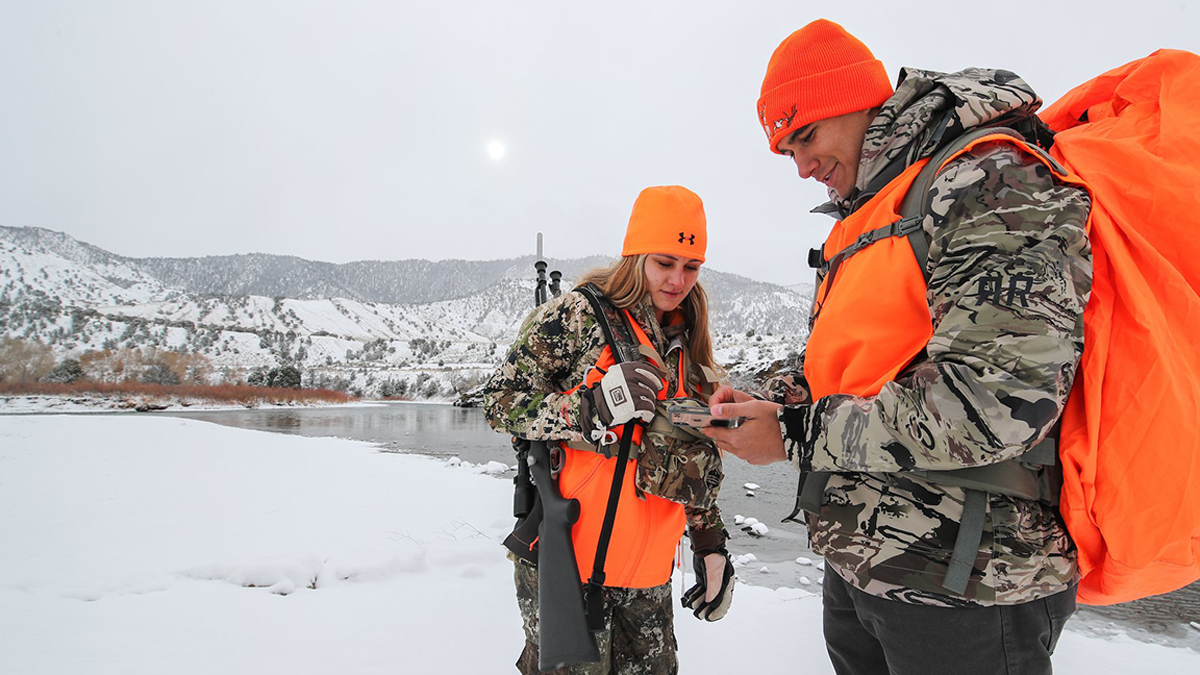Below is a news release from the U.S. Department of Interior.
The Department of the Interior announced today that the U.S. Fish and Wildlife Service (Service) has opened new or expanded hunting and sport fishing opportunities across 2.1 million acres, the largest expansion of outdoor recreation opportunities in recent history.
The increased recreational access, which covers 88 National Wildlife Refuges and one National Fish Hatchery, is consistent with the Biden-Harris administration’s America the Beautiful initiative, a locally led and voluntary, nationwide effort to conserve, connect, and restore 30 percent of lands and waters by 2030.
“Increasing access to outdoor recreation opportunities is essential to advancing the Administration’s commitment to the conservation stewardship of our public lands,” said Secretary Deb Haaland. “Responsible hunting and fishing helps to promote healthy wildlife habitats while boosting local recreation economies.”
“Today’s announcement furthers a rich tradition of providing quality outdoor recreation experiences to the American people on our public lands,” said Service Principal Deputy Director Martha Williams. “By expanding these opportunities, we are enhancing the lives of millions of Americans while stimulating the national economy to which hunting and fishing contribute significantly.”
The Service manages hunting and fishing programs to ensure sustainable wildlife populations while also offering other wildlife-dependent recreation on public lands.
This final rule opens or expands 910 opportunities for hunting or fishing (an ‘opportunity’ is defined as one species on one field station). This final rule represents the most significant opening and expansion of hunting and fishing opportunities by the Service than ever before. Today’s action brings the number of units in the Service’s National Wildlife Refuge System where the public may hunt to 434 and the number where fishing will be permitted to 378.
The Service finalized these changes in time for the upcoming 2021-2022 hunting seasons. A complete list of all refuges and hatcheries is available in the rule. View an online list.
In addition, this final rule continues efforts to revise refuge hunting and fishing regulations to align with state regulations where the refuge is located. This year’s rule also includes revisions that ensure whenever refuge regulations depart from state regulations, for safety or conservation compatibility reasons, these extra regulations are consistent across all refuges in the given state. The Service worked closely with the states in preparing this rule.
Hunting, fishing and other outdoor activities contributed more than $156 billion in economic activity in communities across the United States in 2016, according to the Service’s National Survey of Fishing, Hunting and Wildlife-Associated Recreation, published every five years. More than 101 million Americans — 40 percent of the U.S. population age 16 and older — pursue wildlife-related recreation, including hunting and fishing.
There are 70 national fish hatcheries visited by more than one million people each year. Hatcheries offer opportunities for viewing the operations and learning about fish, as well as activities such as fishing, hunting, hiking, sightseeing, nature study, birdwatching and photography. The rule also formally brings the total number of National Fish Hatchery System units open to hunting or sport fishing to 22.
The National Wildlife Refuge System is an unparalleled network of 567 national wildlife refuges and 38 wetland management districts. There is a national wildlife refuge within an hour’s drive of most major metropolitan areas. The Refuge System receives more than 61 million annual visits. National wildlife refuges provide vital habitat for thousands of species and access to world-class recreation, from fishing, hunting and paddling to nature watching, photography and environmental education.
(Photo source: Colorado Parks and Wildlife)
